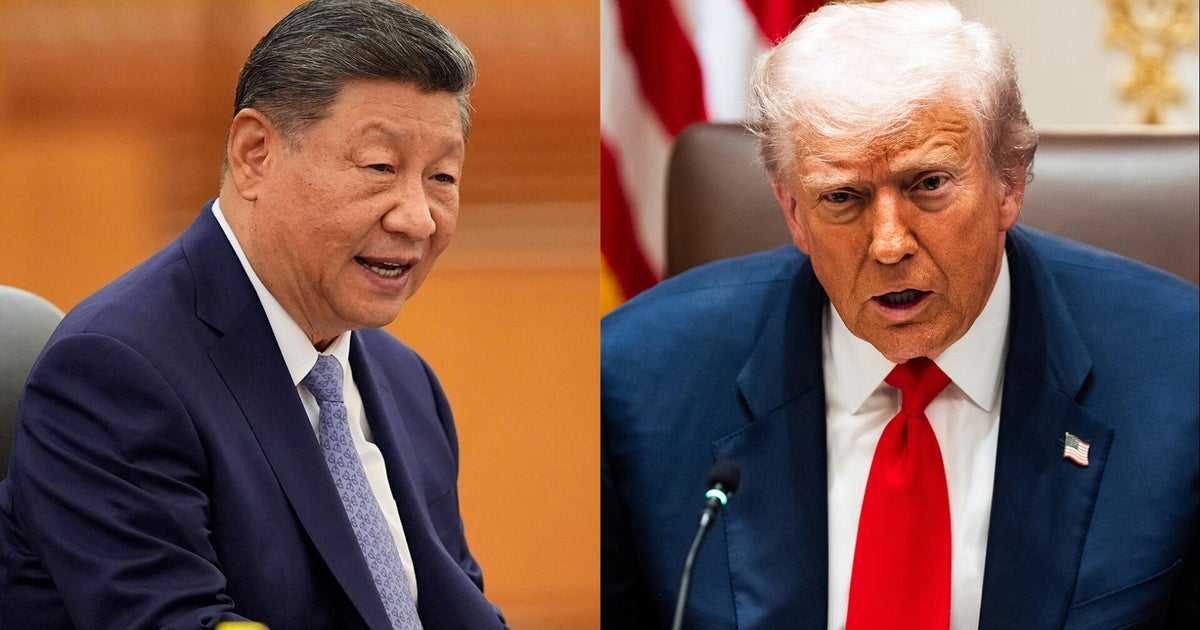The Trump administration is preparing to strengthen semiconductor restrictions on China, expanding measures initially introduced by the Biden administration to curb Beijing’s technological advancements, according to a report by Bloomberg News on Monday.
U.S. officials have reportedly engaged in discussions with their Japanese and Dutch counterparts regarding potential restrictions on engineers from Tokyo Electron and ASML servicing semiconductor equipment in China. The move is part of a broader effort to limit China’s access to cutting-edge chip manufacturing technologies.
Additionally, some Trump officials are considering imposing further limitations on the types and quantity of Nvidia chips that can be exported to China without a licence, the report states, citing sources familiar with the matter.
When approached for comment, Nvidia, Japan’s Ministry of Economy, Trade and Industry (METI), and the Dutch foreign ministry declined to respond. Meanwhile, requests for comment from Tokyo Electron, ASML, and the White House remained unanswered.
Trump’s objective is to ensure that key U.S. allies align with Washington’s stance on semiconductor restrictions, mirroring the constraints already placed on American chip equipment firms such as Lam Research, KLA, and Applied Materials.
These escalating efforts underscore the growing technological rivalry between the U.S. and China, with Washington determined to prevent Beijing from gaining access to crucial semiconductor technologies essential for its industrial and military ambitions.
Meanwhile, after the Trump administration imposed a new 10 per cent tariff on Chinese goods earlier this month, Agilian Technology, a China-based electronics manufacturer, accelerated its strategy to mitigate the impact of additional trade restrictions.
Anticipating potential tariff hikes if Donald Trump returned to office, Agilian had been preparing for such a scenario in response to concerns raised by one of its major clients. As part of its contingency planning, a company executive visited a manufacturing facility in Malaysia last year to assess the feasibility of shifting some production there.
(With inputs from Reuters and Bloomberg)


